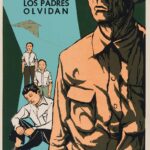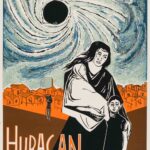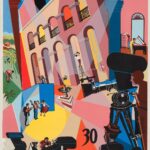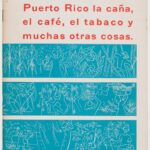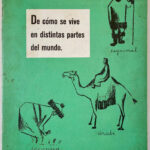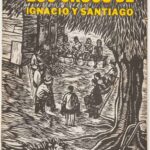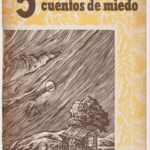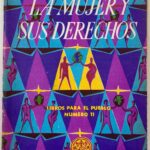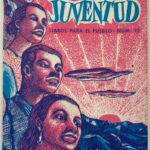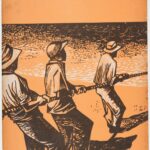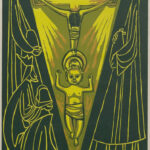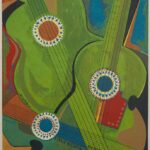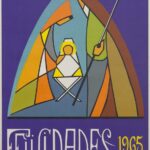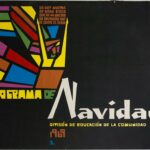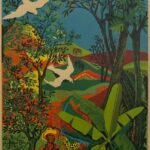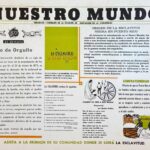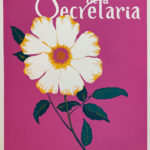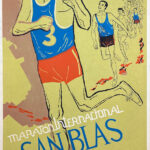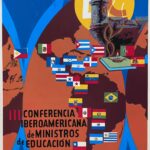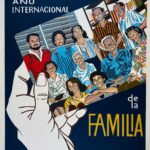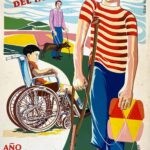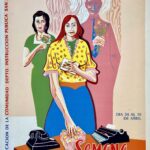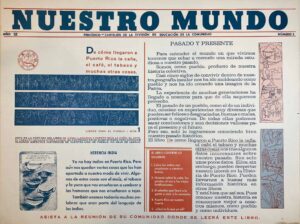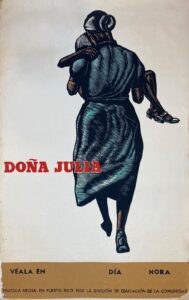La película La buena herencia (1967) y su libro acompañante Isla y pueblo intentaban informar a las comunidades rurales sobre el legado de los Taínos, los habitantes indígenas de Puerto Rico, o Borikén, como ellos la llamaban. Aunque ni el libro ni la película proveen cifras de la población taína al momento de la llegada de la primera expedición oficial española de 1508, ambos subrayan el hecho de que en un corto período los habitantes nativos de la isla fueron prácticamente exterminados debido a las enfermedades (una epidemia de viruela devastó a la población en 1518), la esclavitud, la guerra, y la opresión brutal a manos de los españoles. El cartel de Eduardo Vera Cortés, el único producido por la DIVEDCO que presenta a los habitantes nativos de la isla, efectivamente refleja la representación fílmica de los Taínos como un pueblo pacífico que vivía en armonía gozando de los abundantes recursos naturales de su isla. Los cultivos locales en primer plano y el arco y flecha en la mano izquierda de la figura masculina, le recuerda a la audiencia que los Taínos eran tanto agricultores como cazadores-recolectores, mientras que el ejemplo típico de un trigonolito, o “piedra de tres puntas,” en manos de la figura femenina es evidencia de sus logros artísticos.
















